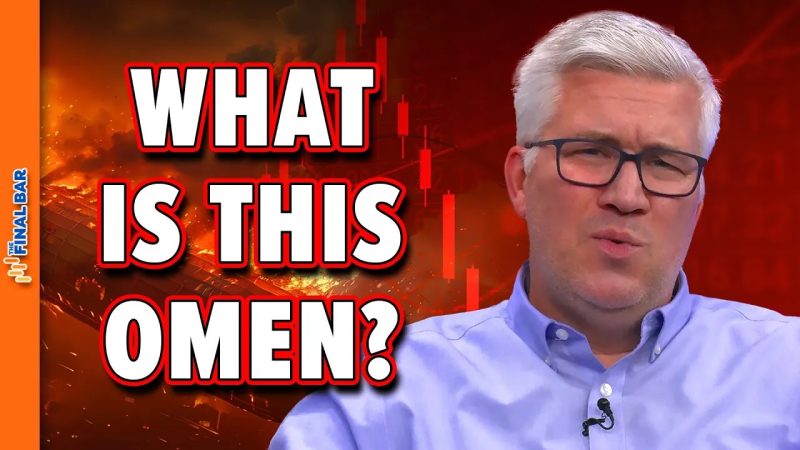Hindenburg Omen: Understanding Its Significance and Interpretation
First and foremost, it is crucial to comprehend the primary concept of the Hindenburg Omen and its impact on the financial markets. The Hindenburg Omen is a technical indicator that aims to predict potential stock market crashes. It is named after the German airship Hindenburg, which tragically crashed in 1937. The indicator was developed by Jim Miekka and tracks the number of stocks that hit new highs and new lows simultaneously. When a set of specific criteria are met, the Omen is triggered, signaling a higher likelihood of a market downturn within the next few months.
While the Hindenburg Omen garners attention for its ominous connotations, it is essential to highlight its limitations and nuances in interpretation. Firstly, the Omen is not a foolproof predictor of market crashes but rather a signal of increased market volatility and uncertainty. Investors should exercise caution and not make drastic decisions solely based on the appearance of the Omen. Moreover, the Hindenburg Omen’s accuracy has been questioned over the years, with instances of false signals and market rallies following its occurrence.
An important aspect to consider when interpreting the Hindenburg Omen is its duration and persistence. The Omen is not a one-time event but can persist over a period of time, indicating ongoing market instability. It is crucial for investors to monitor other market indicators and factors in conjunction with the Omen to make informed decisions. Additionally, the duration of the Omen’s presence can vary, with some instances lasting for weeks or months before any significant market movement occurs.
Furthermore, understanding the historical context and market conditions surrounding the appearance of the Hindenburg Omen is essential for accurate interpretation. Market sentiment, economic indicators, and geopolitical events all play a role in shaping the impact of the Omen on stock prices. Investors should analyze the broader market landscape and not rely solely on the Hindenburg Omen for making investment decisions.
In conclusion, while the Hindenburg Omen serves as a cautionary signal for potential market downturns, it is imperative for investors to approach its interpretation with caution and skepticism. By understanding its significance, limitations, and duration, investors can navigate the complexities of the financial markets more effectively and make informed decisions to protect their investments.
